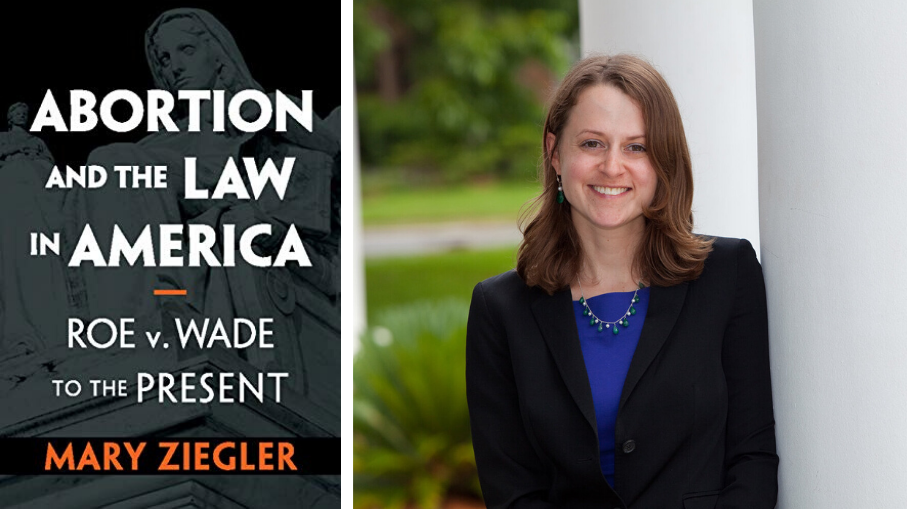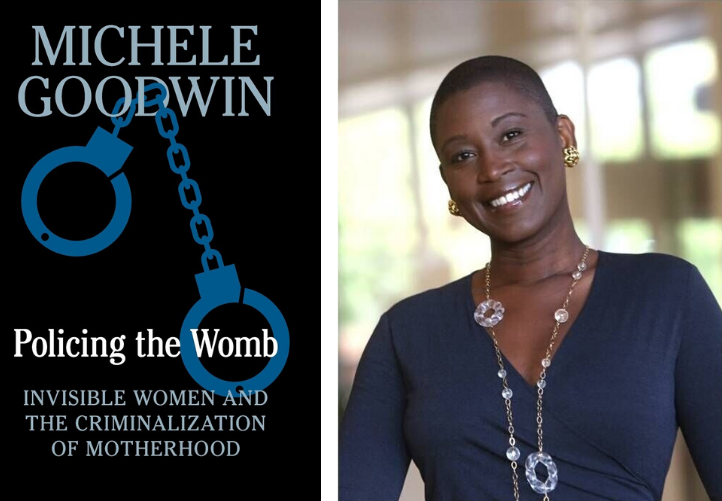June Medical Services v. Russo, a highly-anticipated Supreme Court case, could have overturned Roe v. Wade and made the constitutional right to an abortion an artifact of the past.
At issue was a Louisiana law requiring abortion providers to obtain admitting privileges at a hospital within 30 miles—an act that was, as Justice Stephen Breyer put it, “almost word-for-word identical” to a law struck down by the Court in the 2016 decision, Whole Woman’s Health v. Hellerstedt. In a 5-4 decision, the Court held that the Louisiana law must too fall because the privileges requirement erected a significant obstacle in the path of people seeking abortions.
Justice Breyer wrote the judgment of the Court, joined by Justices Ginsburg, Sotomayor and Kagan, and found that the Louisiana law provided not a single health benefit to patients; instead, the law imposed burdens by forcing clinics to close.
Chief Justice Roberts concurred in the decision only because he felt compelled to do so by the Court’s previous decision in Whole Woman’s Health. Rather than balancing the benefits and burdens of the Louisiana law, as Justice Breyer did, Chief Justice Roberts focused on the burdens the law imposes. The Court’s four most conservative justices—Justices Alito, Gorsuch, Thomas and Kavanaugh—dissented.
Whatever one can say about Roberts’s concurrence, which applies a narrow reading of the precedent he reveres, his vote struck down a pointless law and did not upend constitutional protection for abortion rights.
What Roberts’s concurrence makes clear is that future litigation of abortion restrictions will turn on the law’s effects. June Medical Services was decided on facts established by the trial court: If one provider could practice in the state, how many miles would patients have to travel? Understanding the significance of those effects depends on understanding the lived realities of people under the law.
Two recently-published books capture those realities, providing a prescient roadmap for filling the gap between abortion law on the books and in practice.
“Abortion and the Law in America: Roe v. Wade to the Present”
Mary Ziegler’s book “Abortion and the Law in America: Roe v. Wade to the Present” (March 2020) demonstrates the conflict over abortion has always been a debate about costs and benefits.

Ziegler delivers a powerful refutation of the oft-repeated argument that a turn to rights—the right to life or the right to choose—sabotaged potential compromises and thwarted a democratic solution. On the contrary, Ziegler shows that the battle over abortion has been waged on the terrain of policies governing money and medicine.
The reasons for conflict are as complex as the trends they mirror: distrust of government, the shrinking welfare state and a broken health care system, to name a few. Specifically, Ziegler argues narratives supporting and opposing abortion have always claimed to know what is important for women’s health.
Responding to the toll of illegal abortion helped forge the path for Roe v. Wade. Advocating for abortion as health care came to the forefront in debates over health care reform in the 1990s. All the while, abortion foes, from shortly after Roe until now, have touted abortion’s physical and mental costs on women.
“Policing the Womb: Invisible Women and the Criminalization of Motherhood”
Claims about protecting women’s health, however, can hide all manner of paternalistic, discriminatory aims.
Michele Goodwin’s “Policing the Womb: Invisible Women and the Criminalization of Motherhood” (March 2020) persuasively demonstrates that legislators and judges have seldom cared about the “empirical truths regarding women’s lives.”

Pregnant people, particularly people of color, long have been the subjects of experimentation, abuse, surveillance and exclusion. Goodwin offers convincing evidence to support her case:
- Incarcerated women are shackled during labor,
- women suffer emotionally and economically because of denied abortion care, and
- women of color die disproportionately every day from pregnancy-related illnesses and complications.
The book provides an unflinching look at the policies and norms that punish and police so many aspects of people’s procreative lives. She marshals examples that range from obstetric violence—such as forced caesarians—to targeted, criminal prosecution of women’s prenatal behavior. Underlying law’s pursuit of these policies is the subjugation of women in the service of patriarchy, racism and economic discrimination.
What would pregnant women’s choices look like if they had universal health coverage, a minimum income, paid family leave and more? Goodwin has penned a clarion call for the contemporary and substantive articulation of women’s equal reproductive rights.
What’s Been Lost, What’s at Stake and What’s Possible?
Goodwin and Ziegler’s scholarship converges in a number of respects, but perhaps most clearly in each book’s analysis of the abortion funding cases.
Key victories for anti-abortion forces were Supreme Court decisions that upheld state and federal bans on public assistance for abortion. As precursors to the landmark 1992 case, Planned Parenthood v. Casey— which weakened Roe and permitted numerous abortion restrictions—the funding ban cases facilitated two trajectories.
The first valorized policies that encourage childbirth over abortion on the basis of legislative deference and respecting potential life. The second was the Supreme Court’s destructive argument that poverty was an individual’s own making, a condition that was not the government’s responsibility.
Both trajectories abet the state’s willful disregard for the crucial role that reproductive healthcare plays in people’s lives.
Delayed and denied abortion—the product of laws that protect fetal life at the expense of women’s health and that make abortion almost impossible to obtain in some places—deepens poverty and increases the likelihood of poor physical and mental harm.
In June Medical Services, both Justice Breyer and Chief Justice Roberts noted the law’s burdens would fall disproportionately on poor women. And they’re right:
- Half of abortion patients live below the federal poverty level,
- one quarter have no health insurance,
- almost two thirds are already parents, and
- three in five are women of color.
Ziegler’s book describes the nuances of how we arrived at this moment; Goodwin’s book tells us why we continue to tolerate injustice and how we can demand a more just society.
The outcome in June Medical Services will make a difference for some pregnant people in Louisiana—but it will not achieve justice for the vast majority of women who struggle to receive the reproductive healthcare and resources they need.
Recognition of what has been lost, what is at stake, and what is possible can pursue reproductive justice goals; that is what Goodwin and Ziegler deliver.



